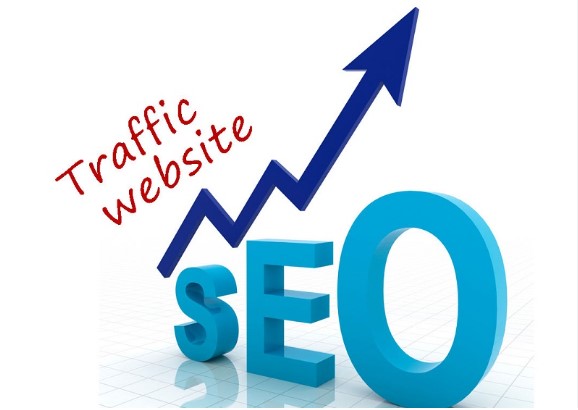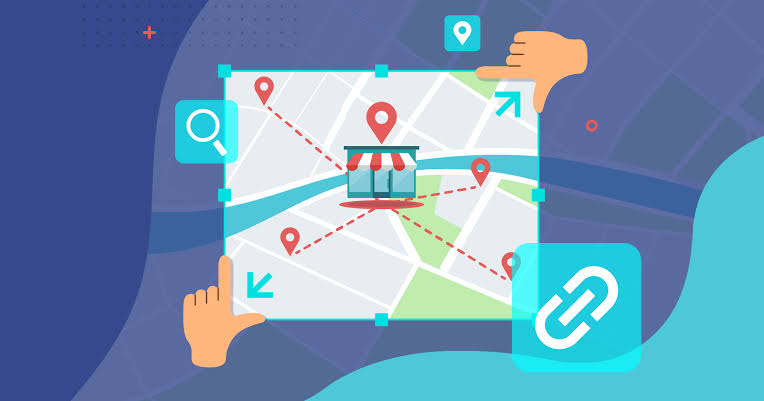How Businesses Are Using Customer Service as a Marketing Strategy?
Ask any business owner and they will tell you marketing and customer support service is different. Marketing is generally used for sales purposes. You introduce a product, build awareness, and your customer buys it.
On the contrary, customer service is the after-sales service. Once the user has bought your product, used your service, or made a purchase, they reach out to you for feedback or complaints.
If you think the same, you need to unlearn these concepts.
In this digital era, businesses are utilizing customer support services to build a stronger marketing strategy. Now, customer service is no longer an after-sale service; instead, it is an active contributor to awareness campaigns, sales, and even marketing.
Top 6 Tried and Tested Ways Customer Service Is Used As a Marketing Strategy
Customer service (CS) is a very important part of running a successful business. Companies like Xfinity are already leveraging CS for marketing. Xfinity has a dedicated 24/7 Xfinity customer service number that users can dial to seek guidance, offer feedback, and pay bills.
If you are a business owner, still questioning the importance of customer support, keep reading, as we will look at some of the simple yet most effective ways customer support can contribute to the marketing strategy.
1. Inclusive Work Culture
Inclusivity is the new standard in the business industry. People do not just seek companies that value diversity and sustainability, they want to be seen, heard, and represented in the mainstream. This is the reason companies cast models from different backgrounds.
Hiring an inclusive team for marketing and services helps users to feel associated with the brand. Smaller brands highlight their local roots to build a solid foundation and include other ethnicities to increase their audience.
This is also a leading reason why big companies offer customer support in multiple languages.
2. Gauging Preferred Message Outlet
Everyone has a preferred communication channel and message outlet. Some like personal communication, while others like written communication. Similarly, some people prefer calling personally, while others prefer commenting on social platforms.
As a brand, when you offer multiple communication channels for customer support, you can gauge the trends of your target audience. This will eventually help you to market on dominant communication channels.
For instance, GenZ prefers social media as a communication channel, while millennials prefer one-on-one communication. If your brand is Gen Z-focused, you can start a paid campaign on social platforms.
3. Word Of Mouth Marketing
When you address issues and help your user via customer support, you are investing in a stronger personal relationship. Nearly every business invests in customer support with the expectation that users will eventually turn into ambassadors.
For instance, the iconic rivalry between Audi and Mercedes or the Android and Apple War are not brand leads. Instead, these discussions are customer-led. Users, when feel satisfied with the product, become brand ambassadors, which brings in more customers.
4. Building Trust
According to a study, more than 85% of users want seamless communication. They keenly look for a brand with a proactive communication strategy. This helps them feel valued and heard, which contributes to customer retention and satisfaction.
Brands with minimum response time and better customer service eventually see a hike in sales as well. Companies like Duolingo, Wendy’s, Netflix, and Amazon are famous for their friendly customer support. It eventually reflects directly on their marketing strategy, and they are able to outsmart their competitors.
When a user knows that the company will offer them help regardless of the time and date, this strengthens their trust in the company. Eventually, it turns a user into an active endorser as well.
5. Understanding Buyer Persona and Expectations
In the digital world, data is the only equalizer that can put small brands and legacy brands on a level playing field. With a better understanding of the buyer, their habits, behaviors, and interests, companies can easily narrow down their target audience.
Narrowing down the targeted audience improves ROI and helps the marketing department craft relatable campaigns. For instance, brands like Amazon Prime have realized that their major market lies in Asia.
This is the reason the content on their platform, their marketing language, and overall strategy are very Asian-focused. This has offered them a competitive edge. The price of Amazon Prime is less than Netflix and other content streaming sites because their average audience is Asian.
How to Leverage Customer Service AI Tools for Marketing Strategy?
As a small business on a budget, establishing a customer service department just for post-sales service can be a challenge. In this case, AI can become your savior. Here are some fun AI tools that are cost-effective, easy to use, and will help you with your marketing as well:
- Use free chatbot tools like Freshchat, SnatchBot, and AI chatting.
- Use Kaizo as an AI assistant for Call Transcription, Summary generation, Customer Sentiment Metric, etc.
- Use Kustomer for setting up multiple help centers customized as per audience diversity, regions, or brands.
- Use Stylo for Multilanguage assistance.






